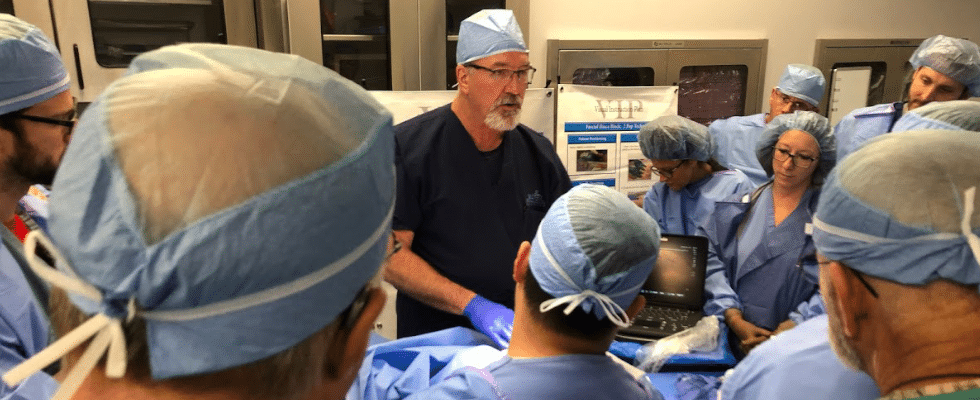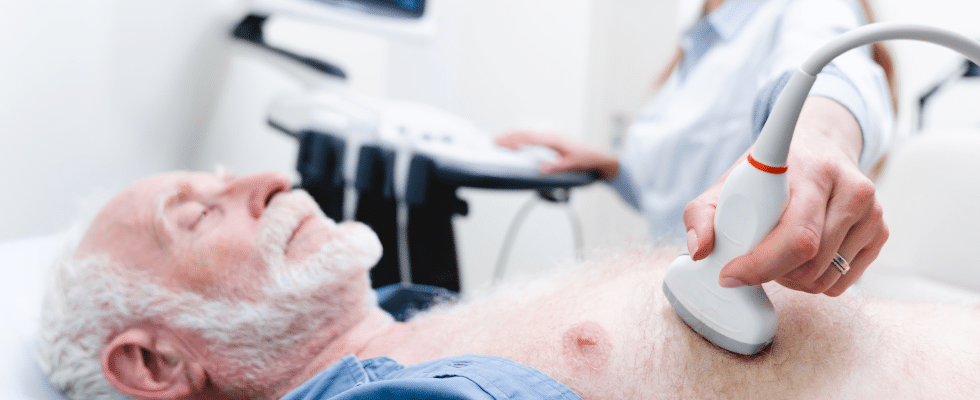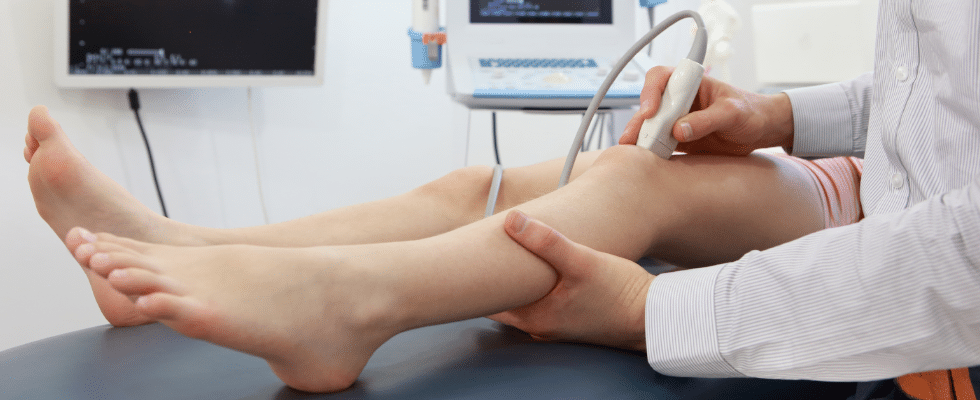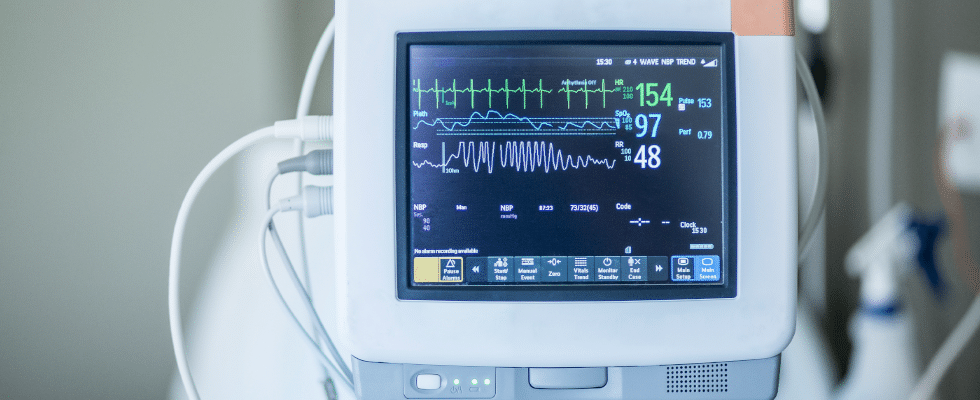Maverick Medical Education Partners
Maverick Medical Education cannot rely solely on the experience and information we possess as medical providers. We also have to use tools and technology to expand on those skills. Through trial and error, we have chosen several companies to partner with, knowing these groups will help us and our students be more successful in managing pain and helping their patients, wherever they may practice.
Identifying Cardiac Issues with POCUS
Point of Care Ultrasound is becoming more commonly used throughout the medical field and even beyond the four walls of the hospital and professional buildings where doctors, nurses, and technicians do a majority of their work. One of the many promising ways POCUS is being used, by our Maverick Medical Education trainees and medical professionals across the country, is the use in identifying and working through cardiac issues with our patients.
Using Ultrasound Guidance for Deep Peripheral Nerve Blocks
Maverick Medical Education is committed to teaching different forms of pain relief in our courses, but also ensuring that our students receive all the tools and skills they need for each encounter with a patient to be successful. Through repetition in our courses like our Regional Anesthesia Essentials and Advanced, students get the hands on experience they need to build proficiency, but we also use additional tools, like ultrasound for perfect placement, every time.
Identifying Knee Dislocation with POCUS
As Point of Care Ultrasound becomes more widely used, those who have been trained in using this technology, also referred to as POCUS, will be better able to diagnose and treat their patients. While many think of ultrasound only in the realm of obstetrics, POCUS can give great insight into what is taking place within a patient’s body, in real time, without transport and can give an ongoing view as different techniques or treatments are tried. One of the ways Maverick Medical Education uses POCUS with medical professionals is in the identification of knee dislocation.
Benefits of Training with Pulsatile Cadavers
Not every medical education course has pulsatile cadavers available to practice on, simulating real life experiences when completing a medical procedure. In fact, only Maverick has this exact type of pulsatile technology because it is something unique to our training and is patent-approved. By acquiring high-quality cadavers and running our technology, students will learn exactly what to look for in a patient when performing a procedure, how the body responds to the procedure, and what modification may need to be made.
Continuing Education: What It Is and Why It Is Important
Maverick Medical Education isn’t just passionate about teaching others pain relief methods. We are also passionate about making medical providers better versions of themselves, adding new knowledge, techniques, and trade tips that will serve the patients at each of their practices even better after the completion of one, or all, of our courses. Hand in hand with that, each medical professional has to continue their education beyond their years of schooling, through continuing education credits.
